*Updated 06/01/2024
Planning to tear down a commercial property, like a retail space or an office building? It's important to make sure the demolition process is both clean and safe. Demolishing a building can kick up a lot of debris, dust, and noise, which can be dangerous for workers and nearby folks. In this post, we'll go over what you need to know about doing a clean and safe commercial demolition.
Why Clean and Safe Commercial Demolition Matters
Taking down a commercial property isn't just about swinging a wrecking ball. It's a complicated process that needs careful planning and execution. Ensuring the demolition is clean and safe helps protect the environment, nearby communities, and workers. Plus, it can help you avoid potential legal and financial headaches.
Hire a Professional Demolition Contractor
One of the best moves you can make is to hire a professional demolition contractor. A good contractor has the know-how, experience, and gear to handle the demolition safely and efficiently. They also have the necessary permits and licenses to work in your area. A pro ensures everything is done by the book, which reduces risks and keeps everyone safe.
Plan for a Clean and Safe Demolition
Before anything gets torn down, sit down with your contractor and create a demolition plan that focuses on safety and cleanliness. This plan should cover how to control dust and debris and minimize noise and vibrations. Make sure your contractor also has a plan for handling hazardous materials like asbestos and lead. Key points to include are:
- Dust Control: Use water sprays or fog cannons to keep dust from getting everywhere. This helps make sure that the air stays clean and safe for everyone around.
- Noise Reduction: Set up noise barriers and try to schedule noisy work for times when it won't bother as many people. This helps keep the neighborhood and surrounding tenets happy, while reducing complaints.
- Hazardous Materials: Make sure things like asbestos and lead are safely removed before demolition starts. Proper handling of these materials is crucial for health and legal reasons. Be careful or face harsh repercussions.
- Site Safety: Have clear safety protocols and make sure all workers have the right safety gear. Regular safety briefings for your team can also help keep everyone on the same page and reduce accidents.
Use the Right Equipment and Techniques
Having the right tools and techniques is crucial for a clean and safe demolition. Your contractor should use specialized equipment like dust suppression systems and demolition robots to keep dust and debris down. Techniques like selective demolition, which involves taking the building apart piece by piece, can help reduce waste and allow for recycling. Advanced machinery like concrete cutters and hydraulic breakers can make the job more precise and less risky.
Dispose of Demolition Debris Properly
Getting rid of demolition debris properly is a big part of a clean and safe demolition. Your contractor should make sure all debris is sorted and disposed of according to local rules. This involves:
- Sorting and Recycling: Separate materials like metals, concrete, and wood for recycling. This not only helps the environment but can also save money on disposal costs.
- Hazardous Waste Disposal: Follow specific guidelines for getting rid of hazardous materials. This ensures that dangerous substances don't harm people or the environment.
- Minimizing Landfill Use: Work with recycling facilities to divert as much waste as possible from landfills. Reducing landfill use is good for the planet and can be a selling point for your eco-conscious clients.
Conclusion
Tearing down a commercial property can be a huge job, but with the right planning, equipment, and techniques, it can be done safely and cleanly. By hiring a professional demolition contractor, making a solid plan, using the right tools, and disposing of debris properly, you can make sure your demolition project goes off without a hitch and keeps everyone involved safe.



